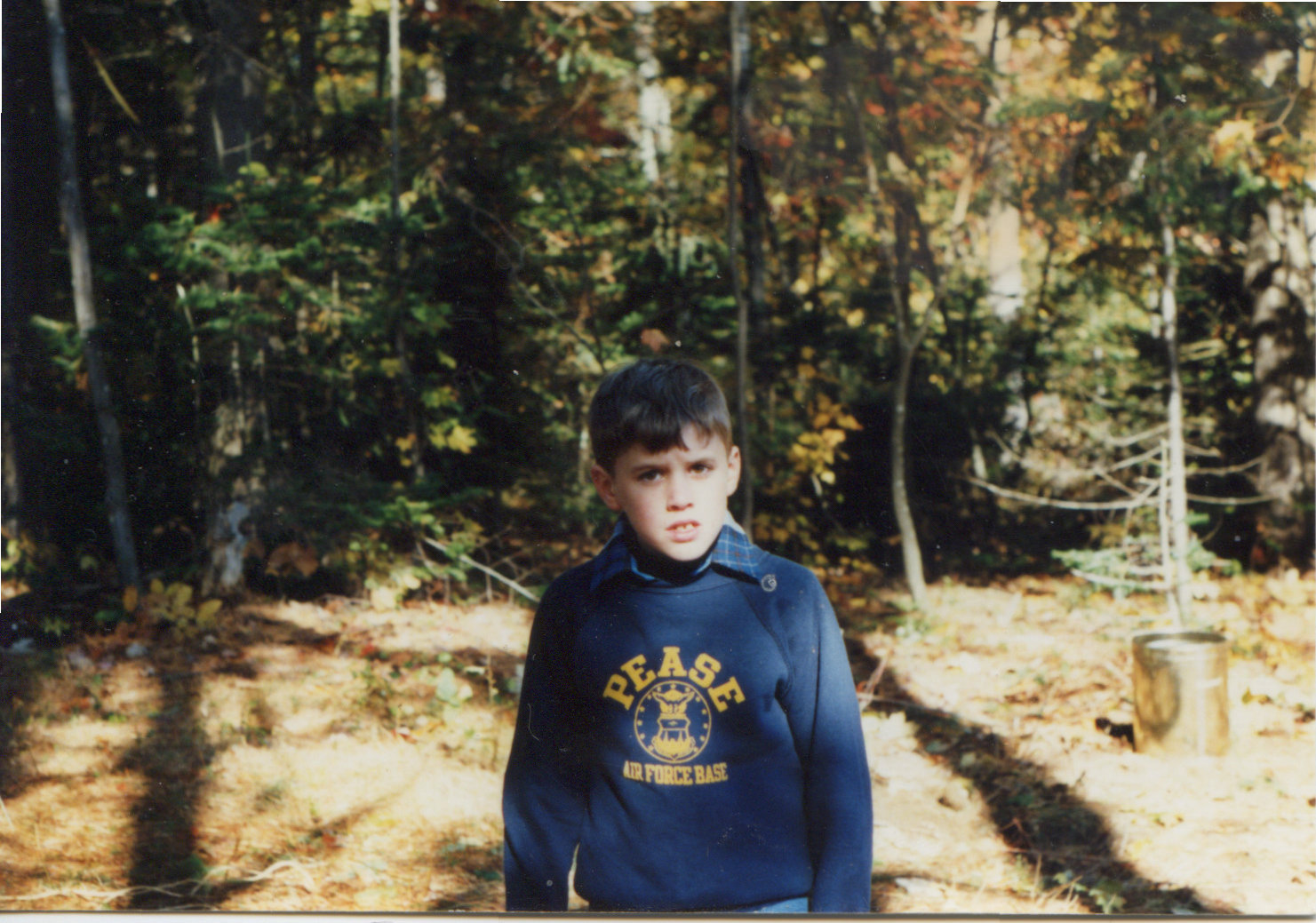“Well, I’m not sure if this is helpful” I yelled, with barely competing decibels. . . “but this is probably one of the top five worst nights I have ever had on a NOLS course.” Across the tent lightning flashes illuminate still frames of a crouched, huddled human, three feet away, staring blankly toward me.
This storm was different. There weren’t the usual strong gusts of wind that accompany the late summer and early fall storms that characterize the Wind Rivers. This storm was different because the wind never stopped. Constant. Like a freight train that takes hours to pass by on the tracks. No lull. No stronger here, weaker there. Just one strong blow, like the guy up in the clouds, whose pursed lips blow wind across the land, had a two million gallon tank for lungs, had taken a deep breath, and was in for a long, hard birthday candle exhale. Really hard. And 24 hours long.
We sought refuge among the lodgepole, doug fir, and engleman spruce. Alive and uniform in nature, they would shelter us from the wind and posed little threat of being fool killers. In the heart of the Wind Rivers, our Fall Creek campsite was a welcome spot to layover. Spread among the trees at the edge of a meadow painted with yellow willow, ochre dried grasses, and red blueberry leaves, the wide expanse told of the changing seasons. The horses would find fine feed in pockets where the creek bent hither and yon. With all nine humans and sixteen horses in camp, tents were erected, dinner started, and horses fed and watered just as the first smackings of graupel were upon us.
Masked up (this is during the COVID times after all), we huddled under kitchen tarps. We were spread out but longed for the warmth and security of closeness as we spooned hot, cheesy messes into our hungry bodies. Curtis and I did the rounds before we retired to our own tent: all tents were now securely tucked into the trees, students were warm and dry, horses were standing, hindquarters turned into the growing wind, and mantee tarps, collecting graupel, securely covered our piles of tack.
Many of my early camping experiences happened on Camporees, Jamborees and the like with my Cub Scout Pack and Boy Scout Troop. One late 1980’s Northern New Hampshire autumn found me in a blue, rectangular sleeping bag, curled up in jeans and a sweatshirt with a heavy wool sleigh blanket over me. The square Hillary tent was wet, with a puddle on the floor. There was a position that I would get in–fetal–that would allow me to create some sort of warm space around me. Then I would have to pee. And I would have to get up and out of the tent, loosing that warmth I created. Back in the tent, I would shiver myself warm before having to do it all again. My dad was in the tent next to me; I don’t know how he fared that night but he continued to support and foster my backpacking and camping desires for years to come, so it must not have been that bad. I didn’t know it at the time, but now I am glad there was polyester fill and linings on that blue sleeping bag. And the old wool blanket played a pivotal roll as well, though similarly, I didn’t understand what it was for several more years.

Working with novices on month long backcountry courses leaves little time for my own systems to be ineffective or inefficient. Sleeping in my clothes, wet or not, is one of my efficiencies. The use of a synthetic fill sleeping bag is instrumental in this process, as its non-absorbent qualities move moisture away from me and allow me to sleep warm, dry clothes, and not have to spend time always putting on or taking off layers. Just crawl into the bag, scrunch up an improvised pillow, utter a few expletives, and fall asleep. Now, here at Fall Creek though, this was one of those nights that the moisture didn’t come from within. Like thirty some years ago, I was once again sleeping in my jeans; this time though I also had rainpants and raincoat on too.
The snow blew in sideways, then up, over and around. It settled on the lee side, near the tall, center, tent pole. It came in despite the wall of gear piled in the gaps. It created a drift along our sleeping bags. It only got bigger. It came in with a vengeance. It came in with every constant flap, bend, flutter, and stretch of the nylon fabric. Dry, crystalline, flakes, wrapped around us and danced in glow of headlamps and flashes of lightning, all to the incessant roar of the wind. Somewhere out there, having not yet grown their winter coats, the horses were holding their own. Somewhere next to me, buried in a drift under his waxed canvas slicker, Curtis was doing the same. Somewhere out there, muffled by the roar of the wind, the trees started falling.
Fool killers–big dead limbs or standing dead trees, so called because pitching a tent under them is a dangerous proposition–weren’t the problem. The tops of the flexing engleman spruce and doug firs weren’t breaking as they bent back and forth. Instead, around us, under the snow, the ground would move; it would flex and heave. Around us tall, mature, alive trees were uprooting and falling over. Around us, in the dark, 150’ foot trees were being tossed around like Pick-Up-Sticks. Around us the wind carried away the crashes before they could reach our ears. Around us for miles, the wind was indelibly changing the Winds for years to come. Now sitting, with hands around our knees as the lightning argued with the wind about who would be louder, scarier, Curtis wondered aloud how bad the storm was.
Sleep never happens on nights like this. Hours of schlepping rocks, tightening tents, moving snow, fighting the wind, and reassuring people interspersed the head tucked into sleeping bag fetal position that allowed for a regeneration of warmth. Curtis and I took turns “doing the rounds.” Next to our tent, a solo occupant lay, hand out of sleeping bag, pulling a tent fabric tight after the wind had rendered the corner’s spindly stake useless, tossing it out into the blackness. A hefty rock replaced the hand, then they packed their stuff and moved in with Curtis and I. Cheese blocks, Snickers bars and peanut butter were delivered to storm lashed MegaMids. Rocks reinforced stakes and snow was piled onto fabric to keep it down. COVID, permits, and bears began taking a backseat.

The morning brought no reprieve, it merely let us see the wind do its thing. It merely made our veins ice over as we saw live trees crash down, one after another with no pattern, no prediction. We found the horses, standing clustered among the trees, snow drifts on the depressions in their backs, shivering and coated in ice. The roly-poly Cummins seemed to be the least affected, though all had ice balls built among their hooves and were teetering about the already clumpy terrain as they balanced seeking shelter and sustenance.
We walked the meadow, heads bent against the driving snow, bodies braced against the invisible, seeking the lees, searching for a more sheltered spot. Above us on the hillside we watched the forests change, dirt flung to the wind, trees wrestled to the ground, crashes carried aloft, dissipating into the tempestuous ether. Before us we began to see needles and cones and light branches scattered on the snow: the lee had been discovered. Around us, trees bent, swayed, and fell. Here though, we stood upright and talked without yelling. Our eyes weren’t blinded by driving snow. Here was our calm. We took it in. We paced out tree heights and estimated safe-ish tent zones. Returning to camp, we hatched a plan: set up the tent we took down in the midnight maelstrom, then move four folks into it. Get them warm, get them drier; then move their tent over, set it up and move the rest of the folks. Our return to the lee found a tall spruce having taken up horizontal residence just shy of one of our chosen sites…”well, won’t hit us now” we quipped as we tossed the tent aside and started moving snow.
Noon found us all relocated and mostly all warm and present. We tended to needs: warmed those who needed it, made hot drinks for all, and huddled under small spruces. We shuttled bowls of food into tents and watched students take care of each other. Above us we watched the grays mix with the occasional blues; inside us we felt the welling of hope.
Featured Image: Margaret, Mad Dog, & Leo climbing over the 10,800+’ Hat Pass in the Central Wind Rivers, post storm. Cheyenne, Crow, Sioux, Eastern Shoshone, Northern Arapaho Territories.

[…] therapy, even if the therapy was ostensibly for my students. Even after that fateful day at Blind Trail when i could no longer hold the students accountable, I returned. Even after I moved to Wyoming and […]